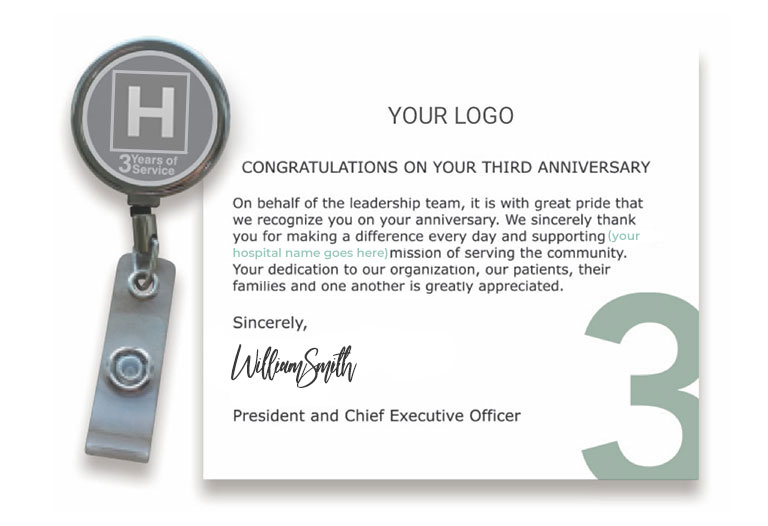Engaging your remote workforce
Remote workers have unique workplace needs that are often overlooked
This February, Gallup released a four-part series on how to better engage a remote workforce. What? Doesn’t avoiding a commute, working in your pajamas, dodging office politics and throwing a load of laundry in automatically reduce work-life stress and boost employee engagement?
Not all the time.
According to Gallup, 43% of employees are working remotely, at least some of the time and 51% of employees polled would change jobs to have this arrangement. While employees may want to work from home, Gallup found the optimal amount of work from home time is 3-4 days/week. Employees who work 100% of the time at home are not experiencing an engagement boost from the flex hours.
Why?
Isolation. The trade-off of working from home is often working alone. Remote workers have unique workplace needs that managers can sometimes overlook. Here are a few reasons.
- Remote employees don’t have the benefit of water cooler conversations. Employees miss out on the social interactions and valuable inside information that often explains behaviors and fills in gaps. As a result, full time remote workers can feel isolated if efforts aren’t made to keep them connected.
- Working remotely makes signs of burnout and discontent harder for managers to read. Video conferencing is great but isn’t the same as face-to-face chats. It’s also pretty hard to read body language and build a relationship of trust and confidence over the computer or phone.
- It can feel a little like groundhog day. Eating, sleeping and working in the same place day after day can breed a sense of déjà vu and boredom. All the more reason for managers to come up with contests, check ins and fun ways to keep employees engaged and productive.
Ways to Build Engagement
Remote workers aren’t always employees who work from home. They can be truck drivers, salespeople and others working in the field rather than the office.
It’s impractical, if not impossible in some cases to bring remote workers into the office once a week so here are a few things you can do to make people feel more connected to their team and organization.
- Give recognition more often. After a great meeting, you don’t run into employees working from home in the elevator or hallway. These are places where debriefs, thank yous and praise are often passed out. Take the time to call or send a timely text/email specifically thanking your remote employee for their contribution. I guarantee this one simple act of appreciation will boost engagement.
- Ask for their thoughts. Distance from the daily in-person grind gives remote workers a unique perspective. Ask for their input on matters around the office. They will appreciate the gesture and will likely have opinions less tainted by politics.
- Be transparent. Just because your remote workers aren’t in the office doesn’t mean they aren’t privy to the “buzz”. Remote workers can jump to conclusions from only hearing one side or parts of a story. A lack of information breeds suspicion. The more transparent and inclusive managers are in sharing information, the more secure, cohesive and productive the team will be.
-
Foster commitment, competition and collaboration. Technology solutions are critical in managing virtual workers, especially your Millennials and Gen Zers who will be demanding even more digital solutions.
STARS Performance programs make it easy. Everyone is in the same location, regardless of where they are in the world with our mobile app and online engagement platform. We design a custom recognition dashboard with all your service, safety, performance, wellness and points in one place, accessed from a single sign-on. Managers and peers can give non-monetary and monetary thanks, nominate star performers, welcome new hires, set goals and promote achievements.
Our Gamification campaigns work especially well for field sales people and call center agents. Weekly competitions with defined goals keep employees focused and motivated to achieve. STARS Performance rewards allow for small weekly prizes for those who achieve their weekly targets or points can be redeemed for much larger rewards.
- Schedule in-person touches. Plan at least a quarterly visit with your remote employees and bring remote workers into the “home base” office for training with coworkers, when onboarding a new team member and for recognition ceremonies. These experiences create important connections to the team and organization.
There’s no question, long distance relationships require work. It’s a different challenge managing a remote workforce but managers who make the effort to build trust and show compassion become leaders who inspire performance and produce results.
Are you struggling to motivate and engage your remote employees? We can help! Contact us today.


















